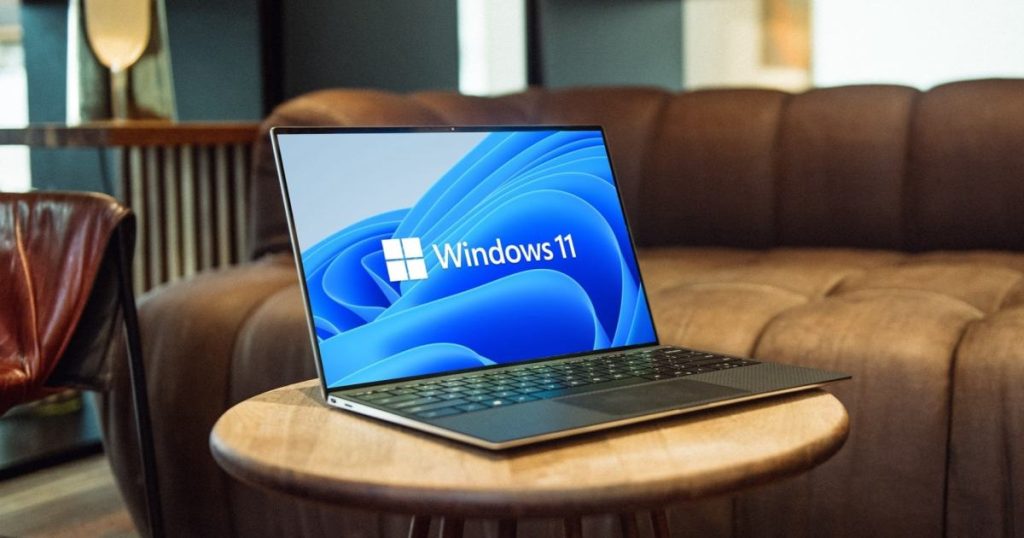Modern operating systems have significantly improved in terms of security compared to their historic counterparts. However, the safety of an operating system depends on how it is used. No operating system is completely safe if users engage in risky online behaviors, such as visiting malicious websites or downloading unknown files. Nonetheless, there are operating systems that are less likely to be targeted by cyber attacks and offer robust security features.
Let’s explore the safety of the most common operating systems and determine which one is the safest to use if you follow best practices for online safety.
To enhance your own security, consider using a reliable password manager to protect your data and utilizing a VPN for secure browsing.
Chrome OS
The Safest
Chrome OS is widely considered the safest mainstream operating system. It was designed with security in mind from the start, adopting a “walled garden” approach where only approved applications can easily run. This makes Chromebooks popular among students and children, as parental controls in the Google Admin console allow caregivers to manage access.
With a Linux kernel base, Chrome OS incorporates unique security features. Its read-only operating system updates automatically in the background without user intervention, reducing vulnerabilities. By leveraging cloud storage over local storage, Chrome OS is resilient against ransomware attacks.
Chrome OS employs robust sandboxing, isolating different segments of the platform such as the web browser to prevent attacks from spreading. A hardened firewall limits remote access to the system, enhancing security. The Verified Boot system reverts the device to a previous version if any suspicious code is detected during startup.
Furthermore, the lower market share of Chrome OS, accounting for only around 2.5% of desktop and laptop devices, makes it a less attractive target for cybercriminals.
Linux
Best for Pro Users

Linux is renowned for its robust security features and is considered one of the most secure operating systems. However, leveraging Linux’s security requires a higher level of technical competence compared to other platforms. Linux is secure out of the box, limiting root access by default and requiring administrative approval for many tasks.
With its open-source code, Linux undergoes rigorous scrutiny by security experts and offers various distributions with different security levels. Although Linux has a small consumer market share of around 3.9%, limiting its attractiveness to cyber threats.
macOS
A Secure, Traditional Platform

macOS emphasizes security with anti-malware, anti-ransomware, and anti-phishing technologies, updated automatically to counter emerging threats. The platform restricts unauthorized applications through Gatekeeper, enhancing security by limiting potentially harmful apps.
Recent Apple devices with M-series processors feature hardware enhancements like the T2 security chip for encrypted storage and secure boot functions. macOS benefits from Apple’s ecosystem control, setting strict guidelines for hardware and software compatibility, though customization options are limited compared to other platforms.
Despite dedicated macOS malware, the platform’s 14% share of the desktop and laptop market makes it less targeted compared to Windows.
Windows
It’s Secure, But…

Windows has significantly improved its security over the years and is safer with the latest version of Windows 11 without additional antivirus software. However, Windows’ popularity makes it a prime target for cyber attacks, despite sophisticated security features like Microsoft Defender and SmartScreen.
The versatility of Windows allows extensive customization with various software options, but users must exercise caution to maintain security. Additional security measures, such as antivirus defenses and firewalls, can be implemented, though user responsibility is crucial.
Although Windows remains a popular choice, constituting over 72% of desktop and laptop devices, its widespread use makes it a lucrative target for cyber threats, emphasizing the importance of user vigilance for enhanced security.


